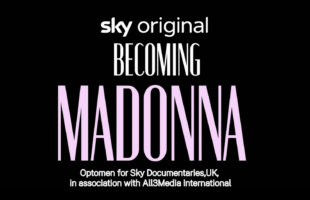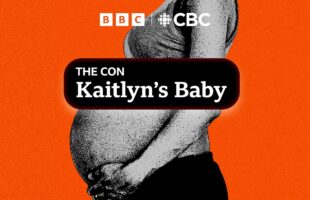New York – Nielsen has released findings, which, for the first time, provide statistical evidence of a two-way causal influence between broadcast TV tune-in for a programme and the Twitter conversation around that programme. Nielsen’s Twitter Causation Study included time series analysis to determine if Twitter activity drives increased tune-in rates for broadcast TV and if broadcast TV tune-in leads to increased Twitter activity. This latest study follows research released earlier this year that quantified the correlation between TV ratings and Twitter.
“Using time series analysis, we saw a statistically significant causal influence indicating that a spike in TV ratings can increase the volume of Tweets, and, conversely, a spike in Tweets can increase tune-in,” said Paul Donato, Chief Research Officer, Nielsen. “This rigourous, research-based approach provides our clients and the media industry as a whole with a better understanding of the interplay between Twitter and broadcast TV viewing.” Analysing minute-to-minute trends in Nielsen’s Live TV Ratings and Tweets for 221 broadcast primetime programme episodes using Nielsen’s SocialGuide, the findings show that Live TV ratings had a statistically significant impact in related Tweets among 48 percent of the episodes sampled, and that the volume of Tweets caused statistically significant changes in Live TV Ratings among 29 percent of the episodes. The time series analysis methodology used for this study was developed by Nobel Prize-winning economist Clive Granger, and is widely used in the fields of econometrics, physics, and neuroscience, among others.
“These results substantiate what many of our TV partners have been telling us anecdotally for years: namely, that Twitter drives tune-in, especially for live, linear television programming,” said Ali Rowghani, Twitter’s Chief Operating Officer. “As the world’s preeminent real-time social communication medium, Twitter is a complementary tool for broadcasters to engage their audience, drive conversation about their programming, and increase tune-in.”
“Media companies and advertisers have already made investments in social media outreach as a means of engaging more directly with consumers, and we believe there are worthwhile opportunities for Nielsen to conduct additional research that can help quantify the relationship between television and social media activity,” said Donato.
Nielsen’s Twitter Causation Study was conducted independently as part of a broader body of research to better understand and quantify the relationships between media consumption and related social media activity.








